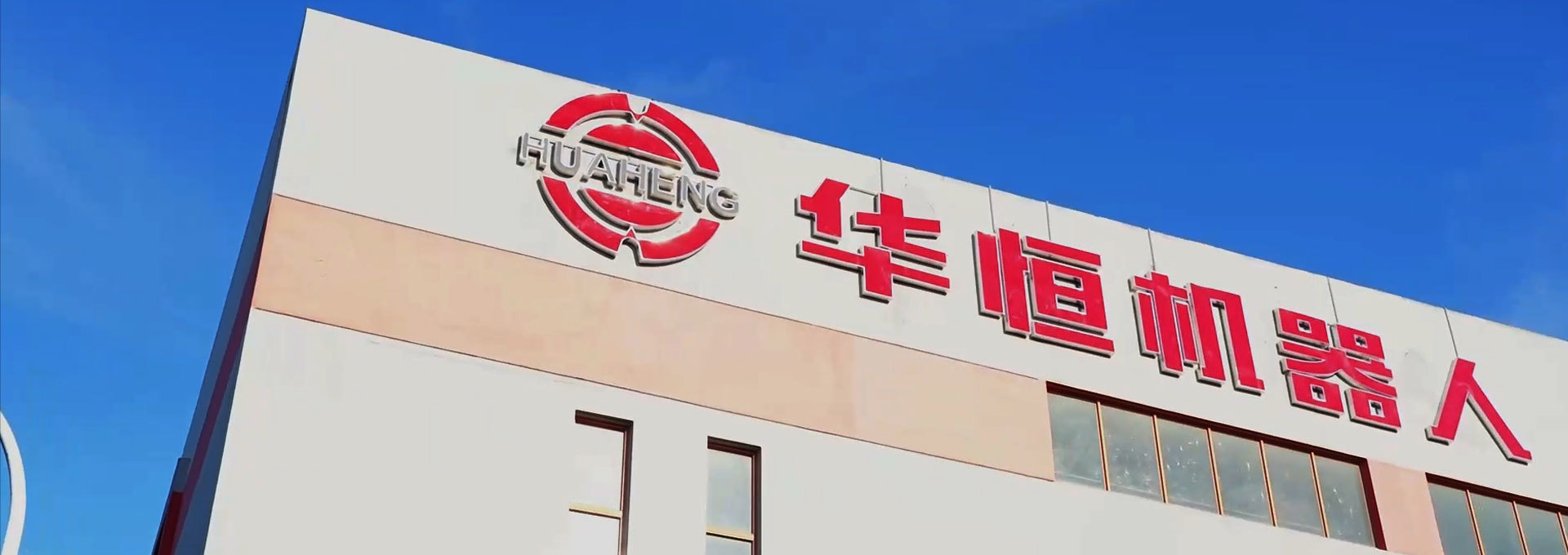Revolutionizing Manufacturing: The Teaching-Free Robotic Cutting System
Release time:
2025-07-03
Introduction to Robotic Innovations
Hey there, tech enthusiasts! If you’ve ever marveled at how robots are reshaping the manufacturing landscape, you’re in for a treat. Today, we’re diving into the fascinating world of the teaching-free robotic cutting system. Buckle up, because this is where precision meets efficiency in a big way!
What is a Teaching-Free Robotic Cutting System?
So, what’s the buzz about this system? A teaching-free robotic cutting system allows machines to operate autonomously without the need for manual programming or guiding. Imagine a robot that can learn and adapt on the fly—pretty cool, right? This tech marvel employs advanced algorithms and sensors to understand its environment, making it a game-changer in industries like automotive, aerospace, and even textiles.
The Nuts and Bolts of How It Works
At the heart of this innovation is artificial intelligence (AI). By analyzing data and feedback from its surroundings, the robotic system optimizes cutting paths and techniques in real-time. For instance, if the robot encounters an unexpected material thickness, it can adjust its cutting speed and angle without missing a beat. Talk about smart!
Benefits Galore!
Let’s break down the perks of adopting a teaching-free robotic cutting system:
- Increased Efficiency: These systems minimize downtime by reducing the need for human intervention.
- Cost-Effectiveness: Streamlined operations mean less waste and lower production costs.
- Enhanced Precision: Robots can cut materials with incredible accuracy, reducing errors.
- Flexibility: With the ability to adapt to different tasks, these robots can easily switch between projects.
Real-World Applications
Now, let’s get down to brass tacks—where can we actually see this tech in action? In the automotive sector, for example, manufacturers are using teaching-free cutting systems to shape components with extreme precision. In textile production, these robots can cut intricate patterns without the need for extensive setup time.
Case Study: Automotive Industry
Consider a major automotive manufacturer that integrated a teaching-free robotic cutting system into its production line. By doing so, they significantly reduced the lead time for producing car parts, which, in turn, allowed them to meet increasing demand without sacrificing quality. Talk about hitting the sweet spot!
Challenges on the Road Ahead
Of course, no innovation comes without its hurdles. For one, the initial investment can be hefty, and there’s a learning curve involved in integrating these systems into existing workflows. Additionally, companies must ensure that their workforce is trained to work alongside these advanced machines.
Looking to the Future
Despite the challenges, the future looks bright for teaching-free robotic cutting systems. As technology continues to advance, we can expect even greater efficiency, adaptability, and intelligence from these machines. Who knows? One day, they might even completely revolutionize how we think about manufacturing!
Conclusion
In summary, the teaching-free robotic cutting system is more than just a technological advancement—it’s a leap towards a more efficient and flexible manufacturing future. With its ability to learn and adapt, it’s not just a tool; it’s a partner in progress. So, whether you’re a business owner, a tech enthusiast, or simply curious about the future, keep your eyes peeled for this exciting innovation!
Previous
Previous Page:
Latest News
Xuzhou Huaheng Robotics Co., Ltd.
Phone: 0086-516-66882288
Kunshan Huaheng Robotics Co., Ltd.
Phone: 0086-512-87880678

Focus on Robot Division

Huaheng mobile phone terminal

Huaheng Company Public Number
Copyright © 2024 Xuzhou Huaheng Robotics Co., Ltd. All Rights Reserved


